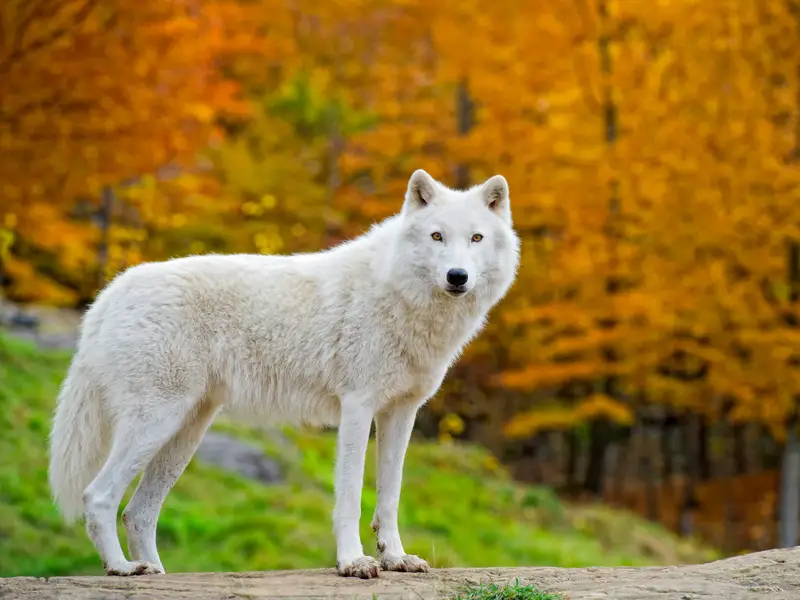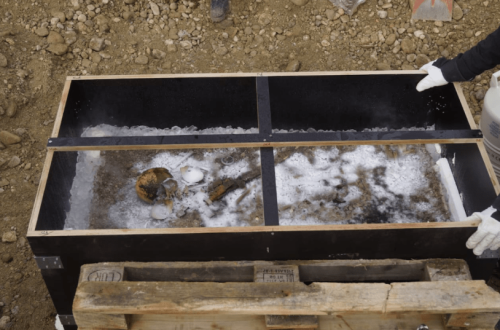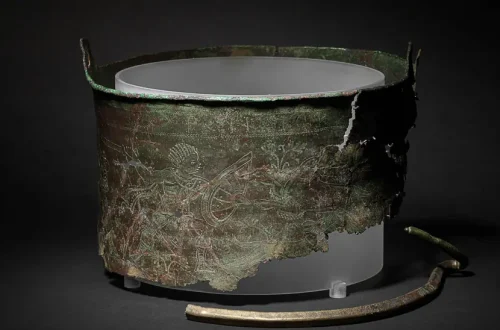The Allerum Dog, an 8,000-year-old canine skeleton unearthed in 1918 in Allerum Bog near Helsingborg, Sweden, offers insights into the role of dogs in Mesolithic hunting societies. The skeleton, studied by osteologist Elisabeth Iregren and archaeologist Kristina Jennbert from Lund University, reveals a flint-edged bone arrowhead lodged between its ribs, suggesting the dog was struck during a human-led hunt, later dying by a lakeshore and sinking into the bog. Iregren’s 1993 study in Archaeofauna highlights the dog’s traits: an agile, wolf-like build with erect ears, a defined skull stop, strong shoulders, and a sturdy femur, adapted for hunting. Its fur,…
-
-
A new study published in the Journal of Archaeological Science has found that sledge-pulling dogs develop unique skeletal changes, offering a way to identify their historical role in Arctic communities. The research, led by Dr Louise Pionnier, examines entheseal changes—modifications where muscles or tendons attach to bones—and could shed light on ancient human-canine relationships. The study analysed a small but carefully selected sample of dog remains, including modern sled dogs like Alaskan Malamutes and Siberian Huskies, and archaeological specimens from Arctic sites. Due to the scarcity of well-preserved remains, the limited sample size requires cautious interpretation. Researchers focused on entheses…





